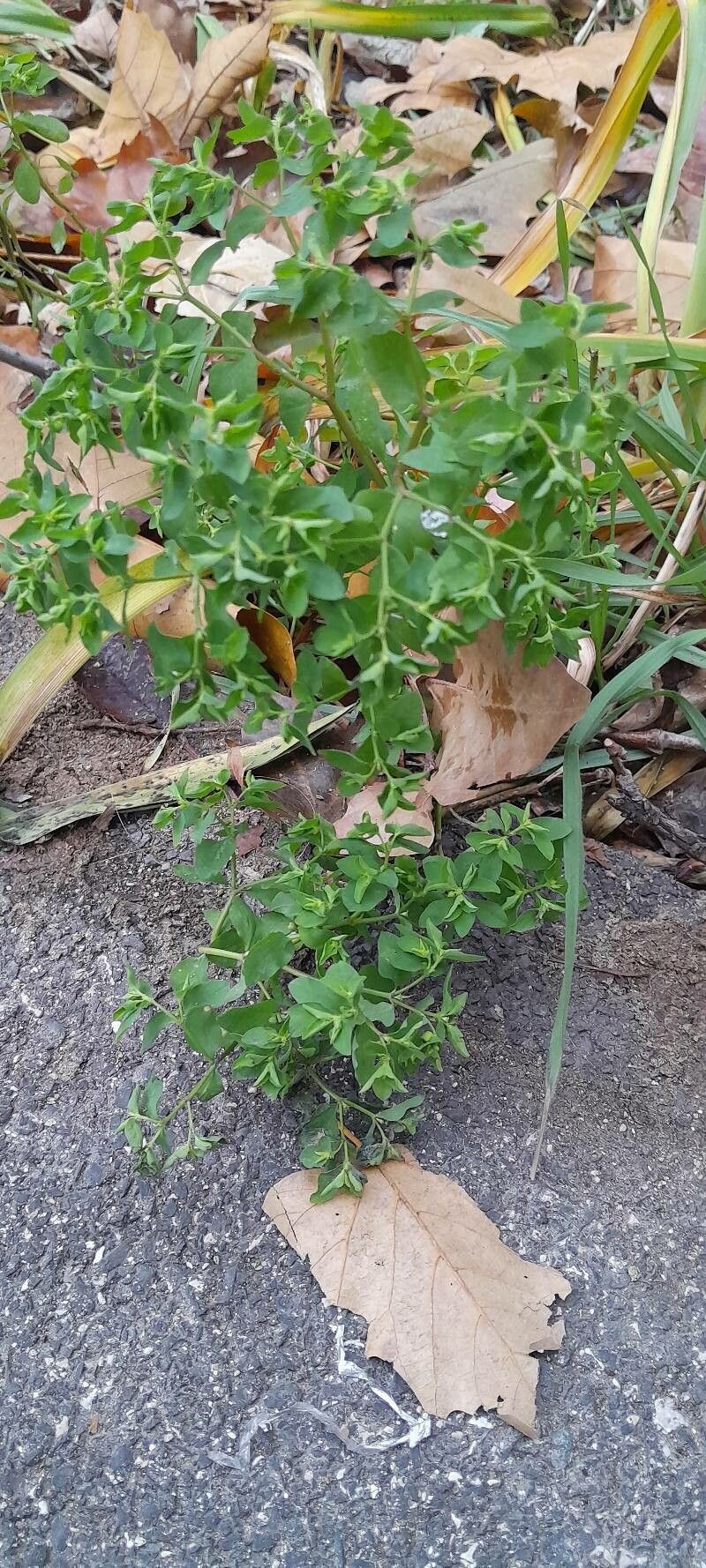## Milfoil: A Comprehensive Guide to this Hardy Perennial
Milfoil, scientifically known as *Achillea millefolium*, is a captivating member of the Asteraceae family, renowned for its feathery foliage and profuse clusters of small, daisy-like flowers. Often called Yarrow, this resilient plant boasts a rich history, prized for its medicinal properties and ornamental value.
### Habitat and Growth
Milfoil thrives in a wide range of habitats, demonstrating its adaptability. You'll find it flourishing in meadows, along roadsides, and even in disturbed areas. Its ability to tolerate various conditions makes it a popular choice for both experienced and novice gardeners.
### Sun Exposure and Soil Needs
Milfoil prefers full sun to partial shade. At least 6 hours of direct sunlight per day is ideal for optimal flowering. However, in hotter climates, some afternoon shade may be beneficial to prevent scorching. It's remarkably adaptable to different soil types, tolerating well-drained soils ranging from sandy to clay. While it prefers slightly alkaline soil, it's remarkably tolerant of a range of pH levels.
### Planting and Care
Milfoil is relatively easy to propagate from seed or by division. Sow seeds directly outdoors in spring after the last frost, or start them indoors 6-8 weeks before the last frost. When dividing established plants, do so in spring or fall, ensuring each division has a healthy root system. Water regularly, especially during dry periods, but avoid overwatering which can lead to root rot. Deadheading spent flowers encourages more blooms and prevents self-seeding.
### Medicinal Uses and History
Milfoil has a long history of medicinal use. Ancient cultures utilized its potent properties to staunch bleeding, hence the common name, which translates roughly to 'thousand-leafed' alluding to the many finely divided leaves.
### Pest and Disease Resistance
Milfoil is generally pest and disease-resistant, making it a low-maintenance choice for the garden. However, occasionally it can be susceptible to powdery mildew in humid conditions. Good air circulation and avoiding overhead watering can help prevent this fungal disease.
### Cultivating Milfoil in Your Garden
Milfoil adds a touch of rustic charm to any garden. Its airy plumes of flowers attract pollinators like bees and butterflies, making it a valuable addition to a wildlife-friendly garden. Experiment with different cultivars to enjoy a range of flower colors, from pure white to vibrant reds and yellows. Consider planting it in borders, meadows, or rock gardens to accentuate its natural beauty.
### Conclusion
Milfoil's hardiness, adaptability, and aesthetic appeal make it a versatile and rewarding plant to grow. Whether you're an experienced gardener or a beginner, this easy-to-care-for perennial will surely brighten your garden with its beautiful blooms and add a touch of history and charm to your outdoor space.
Milfoil: Complete Guide to Planting & Care

Frequently Asked Questions
How to grow Milfoil from seed?
Sow seeds directly outdoors in spring after the last frost, or start indoors 6-8 weeks prior. Ensure well-drained soil and provide consistent moisture.
What type of soil does Milfoil need?
Milfoil tolerates a variety of well-drained soils, from sandy to clay. It prefers slightly alkaline soil but adapts well to a range of pH levels.


